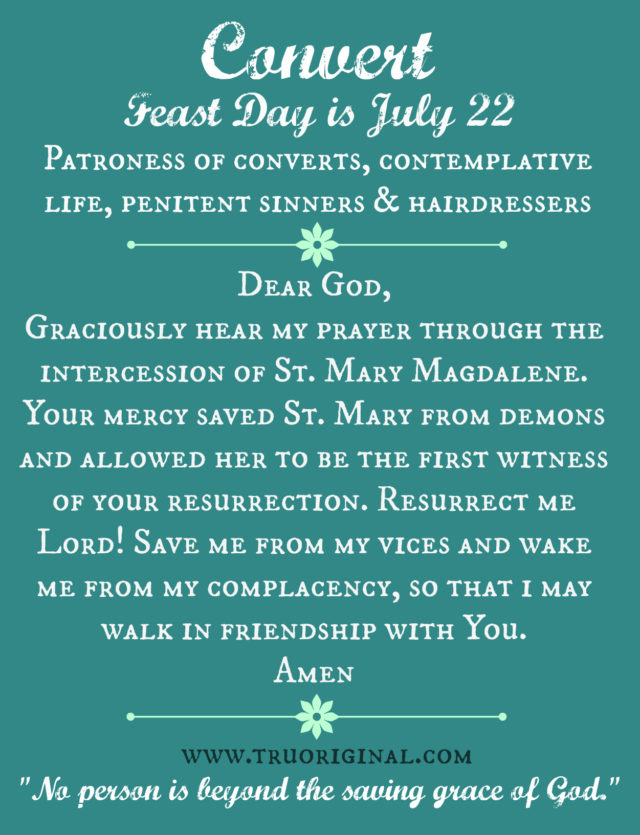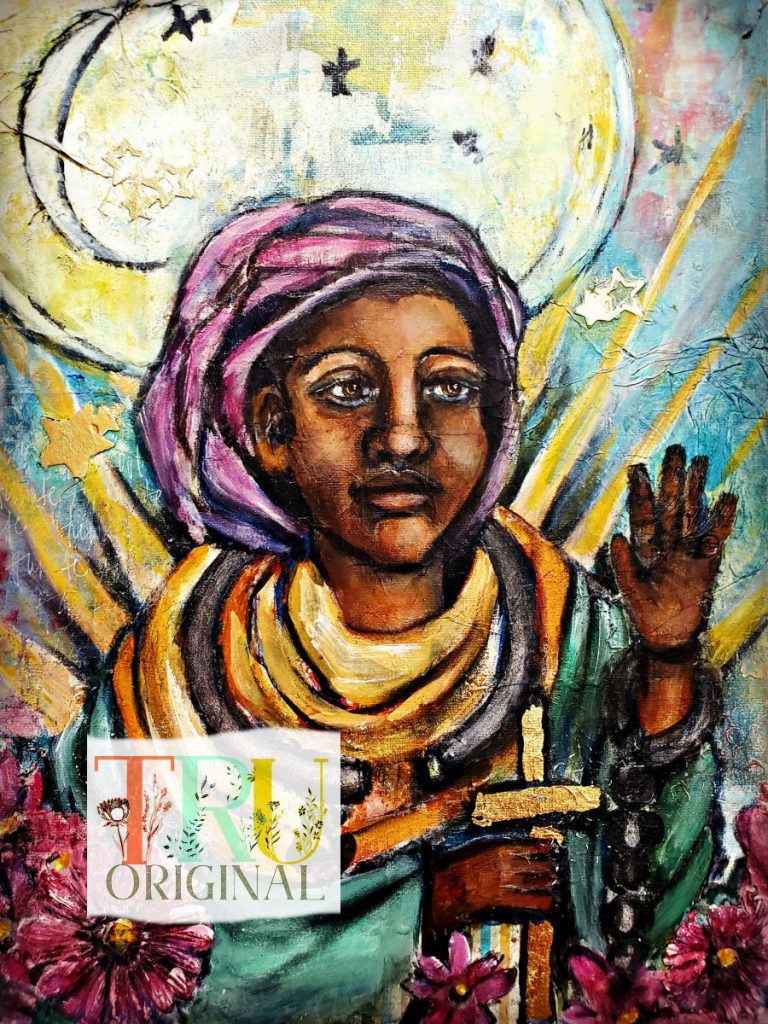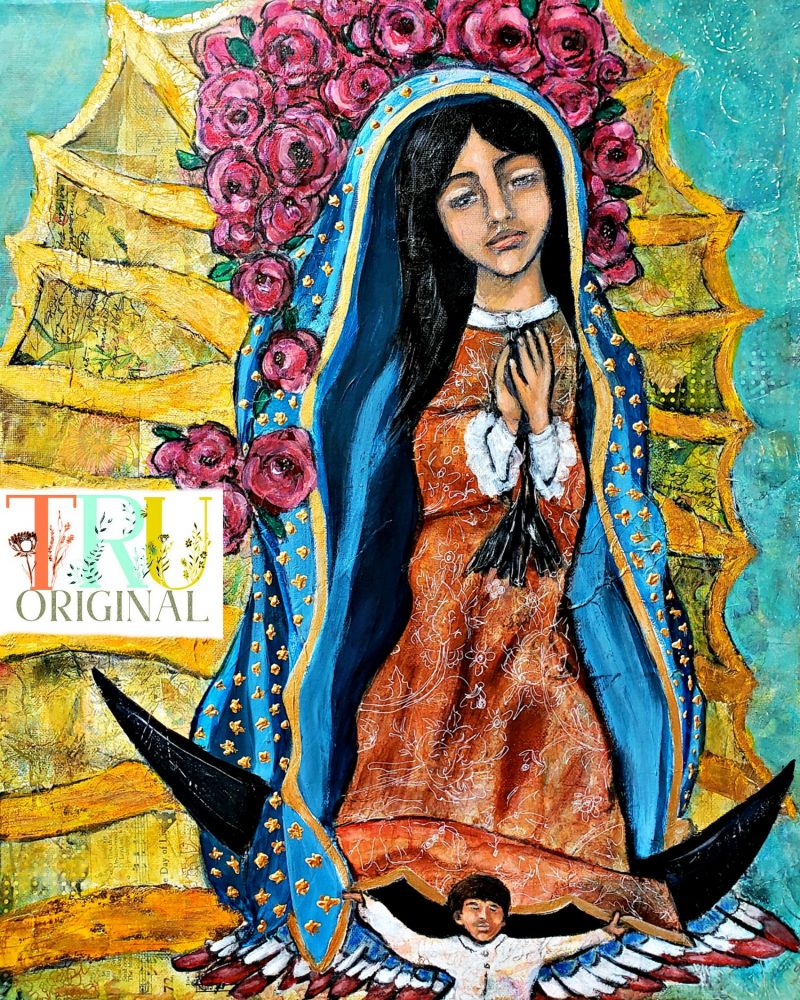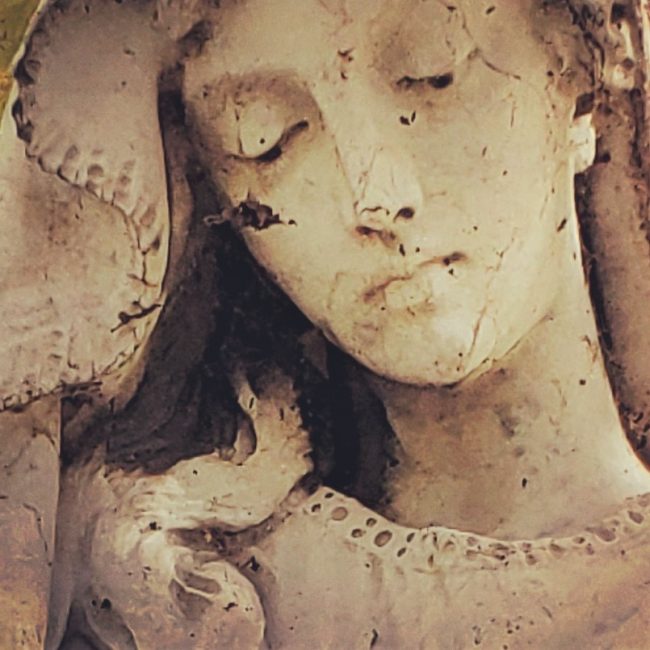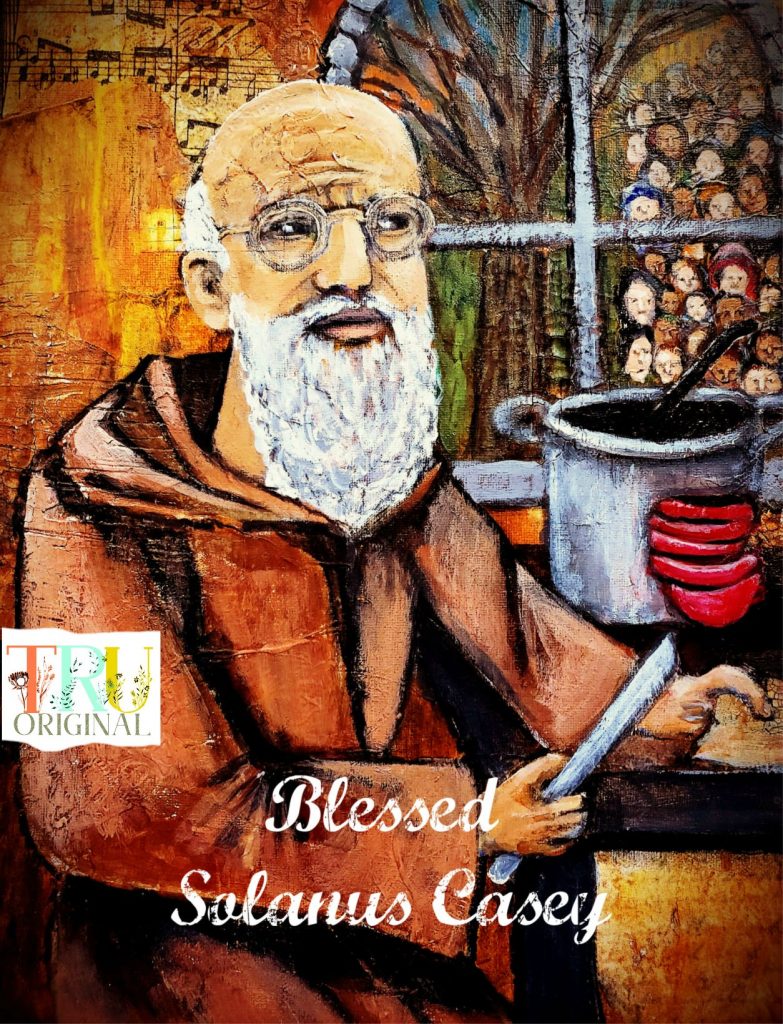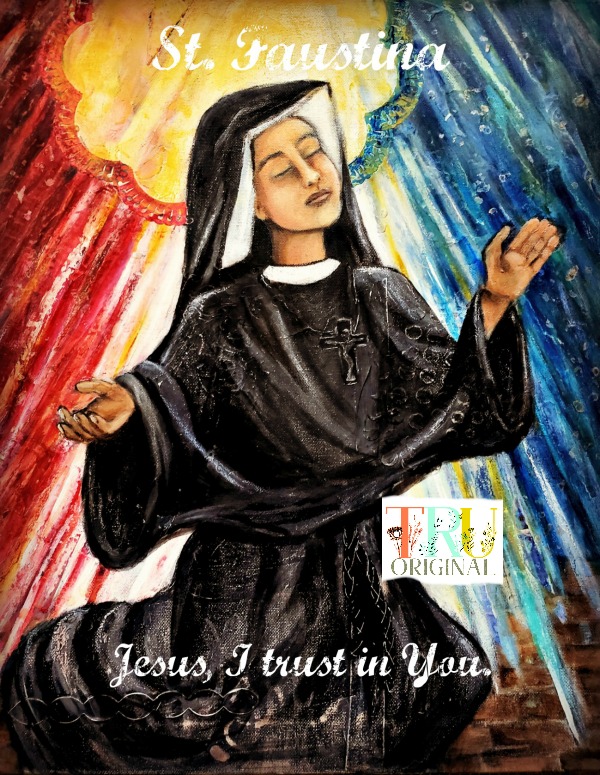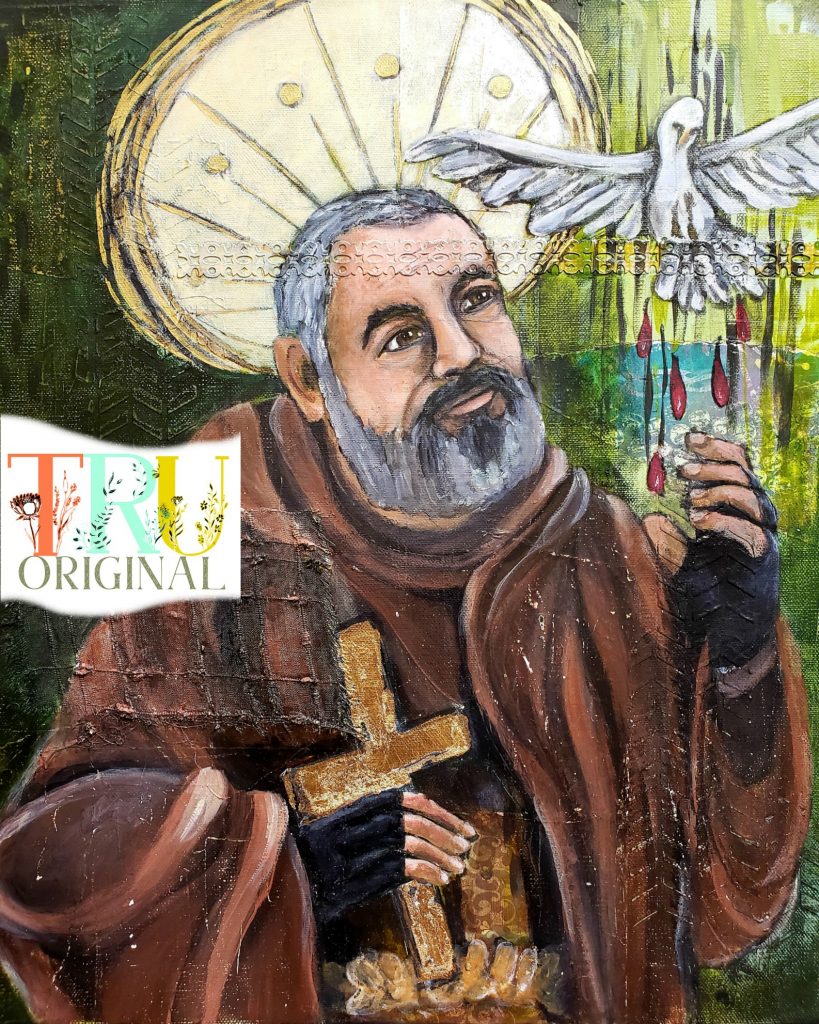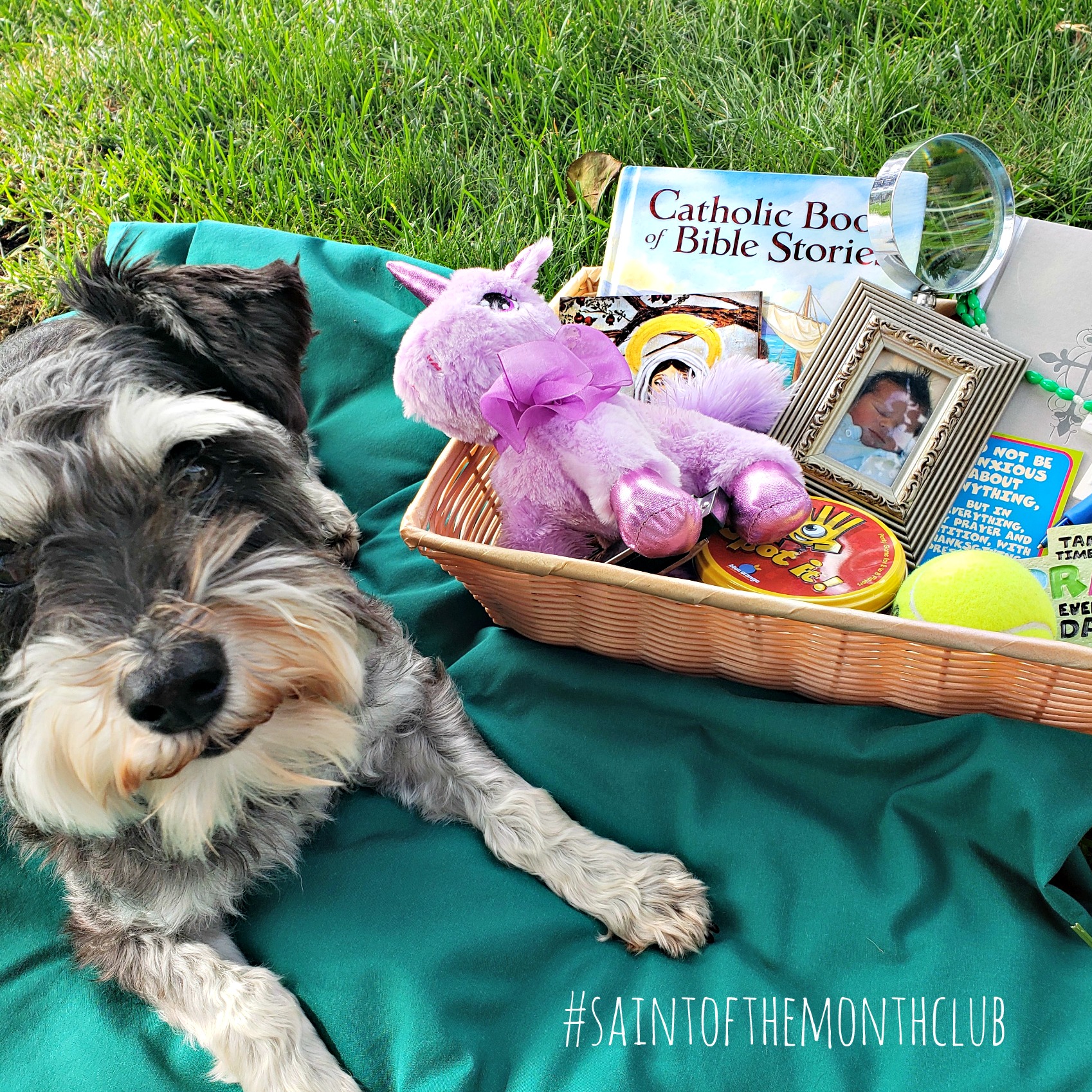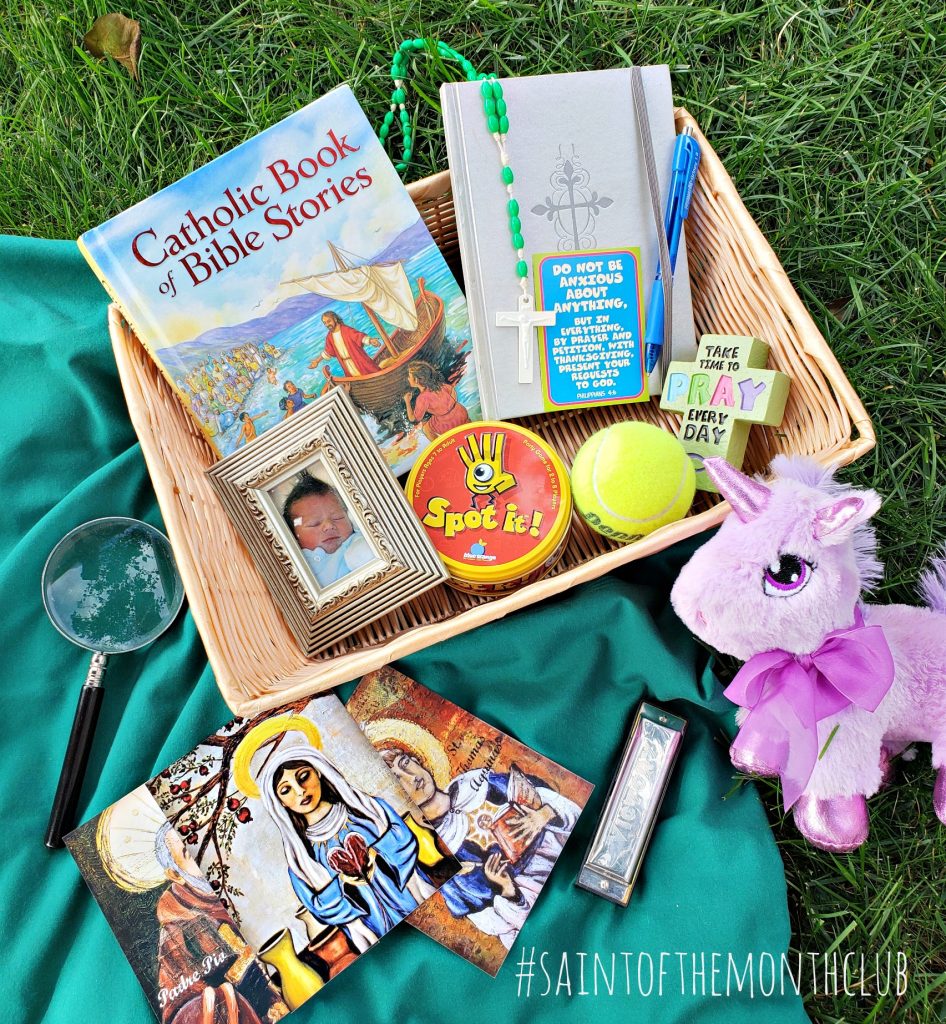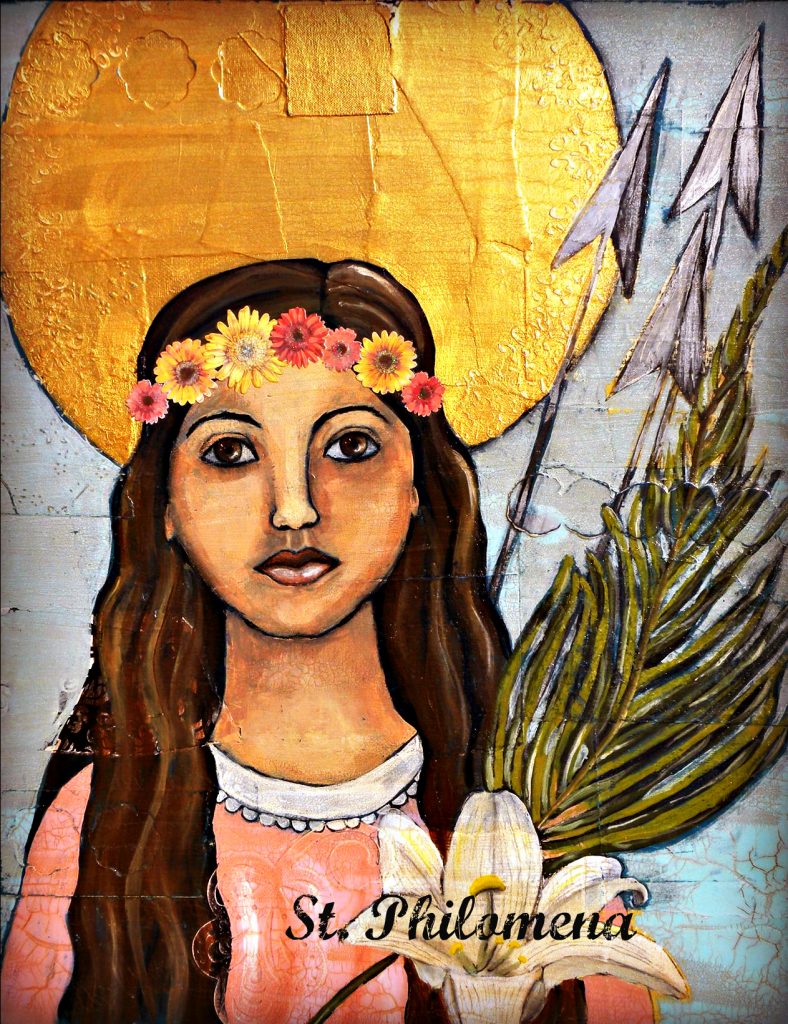Mary Magdalene Convert and Sinner
Mary Magdalene
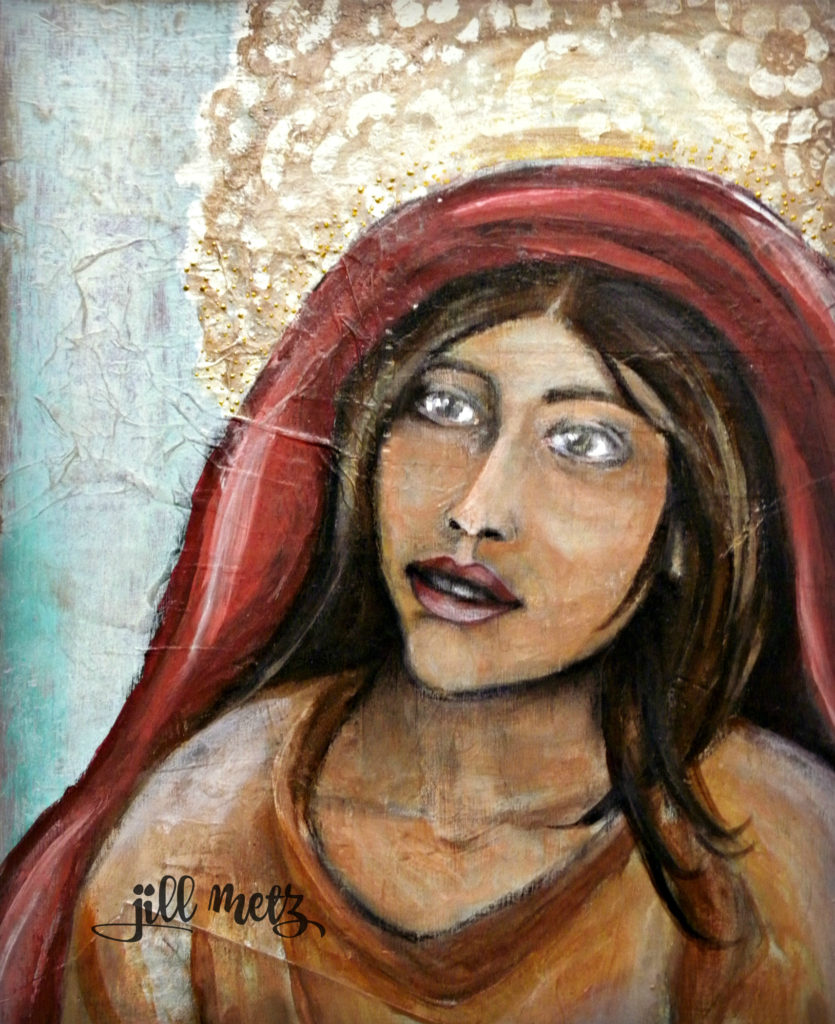
Mary Magdalene… the beloved sinner who experienced a profound conversion at the feet of Jesus. She is the patron saint of penitents and converts. She is a friend of women, she has been a friend to me.
When i painted Mary back in 2017, i was surprised by the love and care that the Holy Spirit took in my prayer with her. I felt a sense that the Lord protected Mary, and i was to protect her too by creating a work that would show the Spirit of who she was. The Lord kept insisting, “I want her to have a loving look of awe.” When i stated i didn’t know how to paint that, He simply repeated the request and i continued to fumbled around the canvas for many days and hours. I had not been painting icons very long, she was my 11th, and God was still working overtime on my trust issues. Mary was going to help me understand conversion in a new way! Yet i was more concerned with getting this “loving look of awe” thing down then worrying about my own conversion. Finally, The Voice inside my heart seemed satisfied w my efforts when It silenced. I must have painted her mouth 10 times over trying to quiet the Holy Spirit and i knew that His insistence came from a protective Father who was working on my obedience and perseverance. Who was working on my trust.
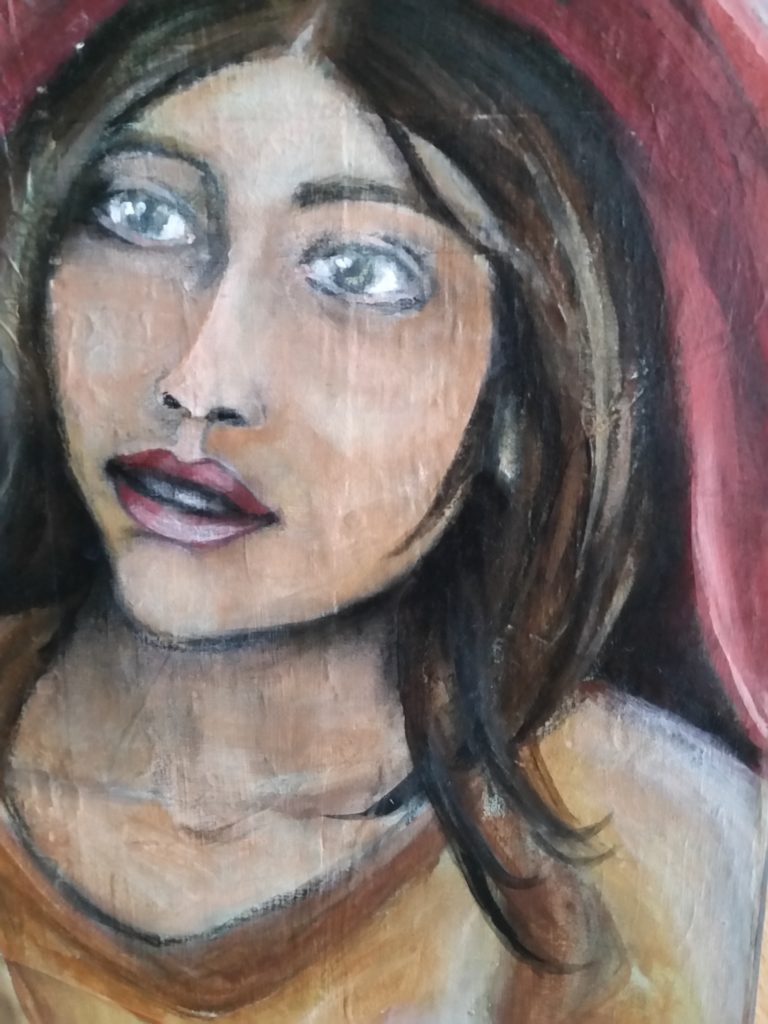
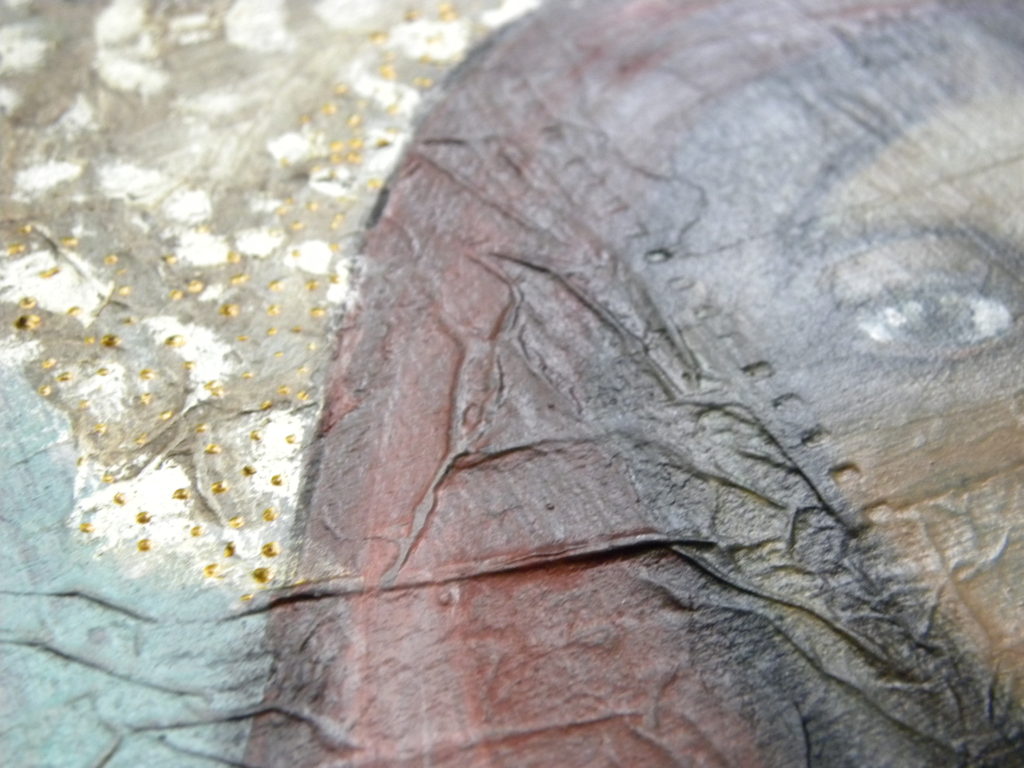
I have to be honest in saying i wanted to walk away a few times due to my inability to paint this icon. I could feel such a love that it left me astounded and feelings of unworthiness crept in often. After all, who was i to paint such a precious soul? and then my friend Mary spoke…” who was i to wash his feet? Who was i to be delivered? who was i to be the first at the tomb? ”
When i felt her words penetrate me, i knew her. and she knows me.
I think it’s in our unworthiness that we come to the truest mirror. and when we stare at that brokenness, that wound, that sin, we have a choice. Will we look up in with that loving look of awe at Our Redeemer, or will we sit in the defeat of our self worth? Do we stay in the pit, or rise in the Victory? No one is beyond the saving grace of God!
Many scholars believe that the 7 demons cast out of Mary represented the 7 deadly sins. This women knew sin. And where sin abounds, Grace abounds even more. So is it even a wonder to us why this sinner would be the first witness of the Resurrection? Of course she was! Because she rose in the Victory of Jesus long before He walked out of that tomb.
Saint Mary Magdalene, pray for us!
